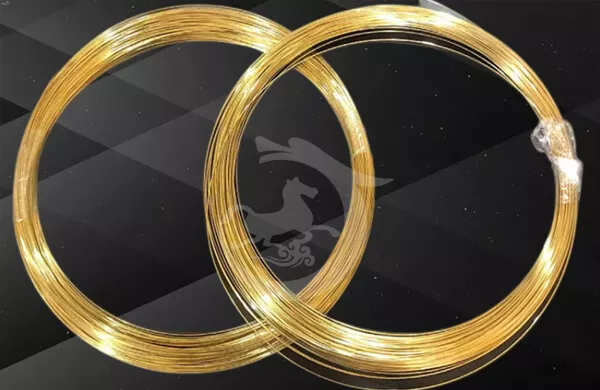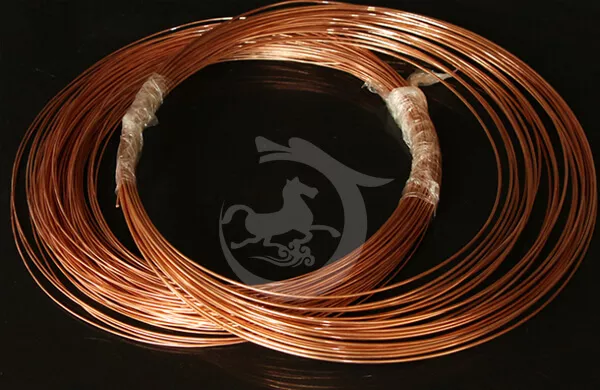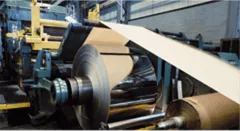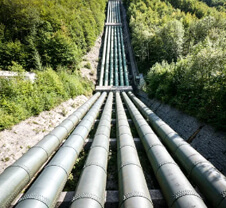Related products








live a message
Copper wire has several important properties that make it a “natural” for electrical wiring. More than any other non-precious metal, it is the best conductor of electricity, packing more power into a given diameter of wire than any substitute material. Copper wire is also easier to bend. With copper wire, connections are easy and sure. And, because it has a high melting point, it can take surprisingly heavy overloads or current surges without damage or danger.
Insulated copper wire has the characteristics of "single material, soft material and excellent electrical conductivity". Bare copper wire is used for simple electrical connections or visible indoor grounding wires, and is more commonly used in laboratories. Generally speaking, bare copper wire is not painted.
Item | Stardard% | Results% |
purity | ≥99.78 | 99.99 |
carbon | 0.03 | 0.03 |
coblet | ≤0.001 | 0.0009 |
iron | 0.005 | 0.005 |
phosphorus | ≤0.01 | 0.009 |
sulphur | ≤0.01 | 0.009 |
zinc | 0.003 | 0.003 |
| Product Name | Insulated copper wire |
| Cable Length Per Roll | 610M |
| Use | Camera, automobile machine ,Controller Switch ,Lithium Battery,Computer,MP3 / MP4 Player,Video Game Player Etc |
| Awg | 10awg - 26awg |
| Conductor Specification | 17/0.16 |
| Insulated Material | PVC |
| Features | Rated temperature: 105 ° C, rated voltage: 600V, must pass UL VW-1 and CSA Ft1 vertical flame resistance test, uniform insulation thickness |
| Color | Black red Pink Green White Blue Or Customized Color |
| OEM | Available |
| Material for Conductor | Pure Copper ,Tinned Copper, |
| Sample | 10 Meter Free Sample,Shipping cost on customer side, |

We are happy to answer any questions you have regarding our product lines and services. Please tell us a little more about yourself and we will have someone contact you as soon as possible.
Speak to a Steel Expert

Behind the growth and success ofuaima Steel is years of hard work and dedication in the steel industry and meeting customers' needs on time. Advanced technology, standard products, certified quality standards and the best customer service make l is years of hard work and dedication in the steel industry and meeting customers' needs on time. Advanced technology, standard products, certified quality standards and the best customer service make Kuaima Steel a true leader in zhe global marker


quality & experience


Technology & Innovation


Team & Quality


Service & Support
| 16 gauge Insulated copper wire | 24 gauge Insulated copper wire |
| 17 gauge Insulated copper wire | 22 gauge Insulated copper wire |
| 18 gauge Insulated copper wire | 24 gauge Insulated copper wire |
| 19 gauge Insulated copper wire | 28 gauge Insulated copper wire |
| 20 gauge Insulated copper wire | 4 gauge Insulated copper wire |
| 22 gauge Insulated copper wire | 6 gauge Insulated copper wire |
Every industry has its unique set of material specifications and needs. That’s why you can count on the exceptional experience and industry knowledge of the professionals at Kuaima Steel - Meeting the Exact Needs of Every Industry That Uses steel.














 WeChat
WeChat